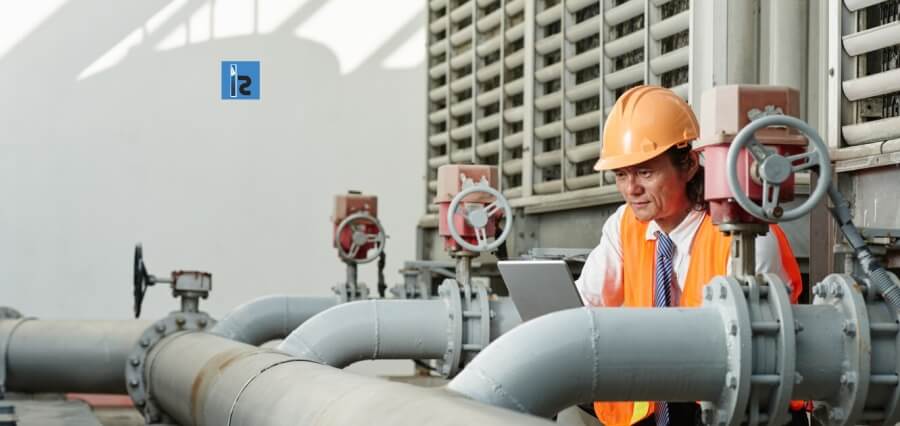Since the EU’s natural gas reserves are almost completely depleted, its energy corporations are storing extra gas in Ukraine in anticipation of the winter season’s high demand.
Gas Infrastructure Europe data shows that the EU’s chambers are currently nearly 100% full, exceeding Brussels’ goal of 90% storage capacity by November.
Because of ongoing liquefied natural gas imports and decreased consumption, the region has stored significantly more gas this year than some had anticipated in the wake of Russia’s full-scale invasion of Ukraine.
While it is far from a certainty that the EU will have enough energy for the upcoming winter, it does lessen the EU’s susceptibility to an energy shock.
“The risk of a gas shortage in Europe is low for this winter, barring any major unplanned supply disruptions or long, deep cold snaps that hit Europe and Asia at the same time,” said Natasha Fielding, the head of European gas pricing at price research firm Argus.
In contrast, the energy watchdog for the west, the International Energy Agency, issued a warning last year about the possibility that storage facilities in Europe will only be two-thirds filled by this point.
The amount of natural gas kept in Ukraine has increased to its greatest level since Russia’s invasion last year as a result of businesses increasingly turning to the country, which is home to Europe’s largest tanks, to keep their reserves while EU storage is nearly full.
In order to boost capacity, some are also paying LNG ships to serve as offshore “floating storage.”


